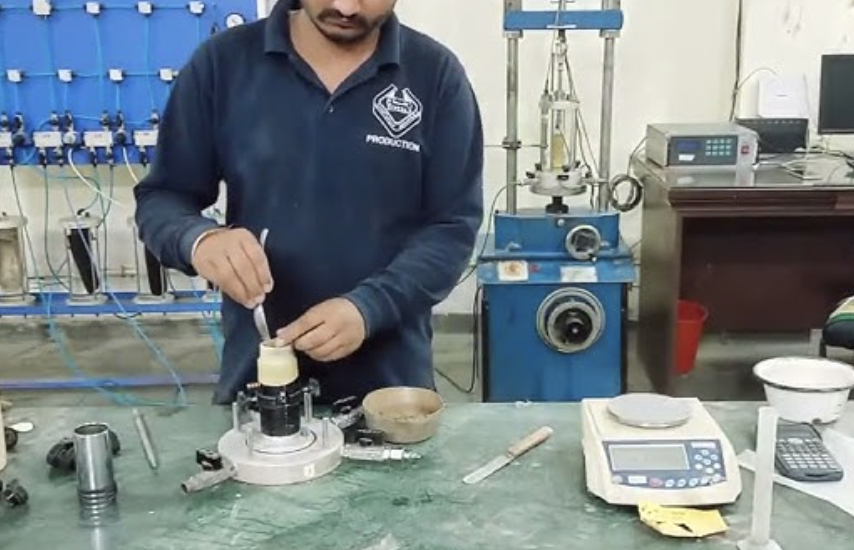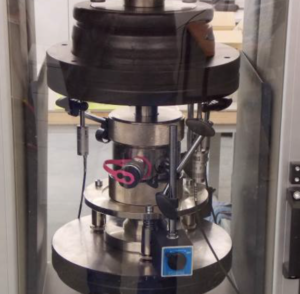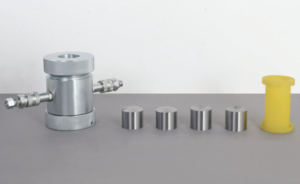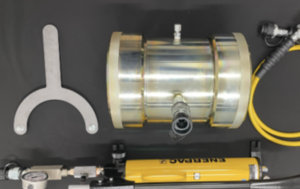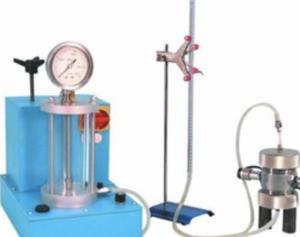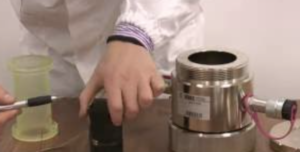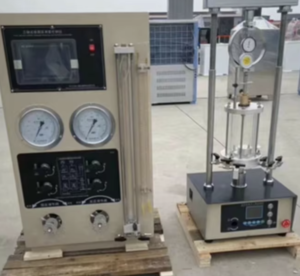In triaxial shear strength tests, accuracy hinges on every component—from soil specimen preparation to sealing the sample chamber. One of the most overlooked yet critical duos? The membrane mounting tool and latex membrane.
Used together, they ensure a proper seal and prevent leakage or distortion during the test—crucial for obtaining reliable soil strength data.
This article explores why this combination is indispensable and how to use it correctly.
What Is a Membrane Mounting Tool and Why Is It Essential?
A membrane mounting tool1 is a cylindrical device used to stretch and apply a latex membrane over the soil specimen without wrinkles or tears.
Por qué importa:
- Prevents membrane damage during installation
- Ensures even coverage, avoiding trapped air or misalignment
- Saves time and reduces handling, especially for soft or fragile samples
- Improves consistency across repeated tests
Mounting tools typically match the sample diameter (e.g., 33mm, 50mm, 70mm) and come in manual or vacuum-assisted2 versions.

How Latex Membranes Contribute to Triaxial Testing
Latex membranes are elastic sleeves that encase the soil sample3, creating a watertight barrier that allows the application of confining pressure.
Their core functions include:
- Isolating the specimen from cell fluid
- Maintaining sample shape under pressure
- Allowing axial deformation during shearing
- Ensuring accurate pore pressure and stress distribution
High-quality membranes4 are thin enough to deform with the sample, yet strong enough to resist rupture—typically 0.3mm to 0.8mm thick, depending on soil type and test requirements.
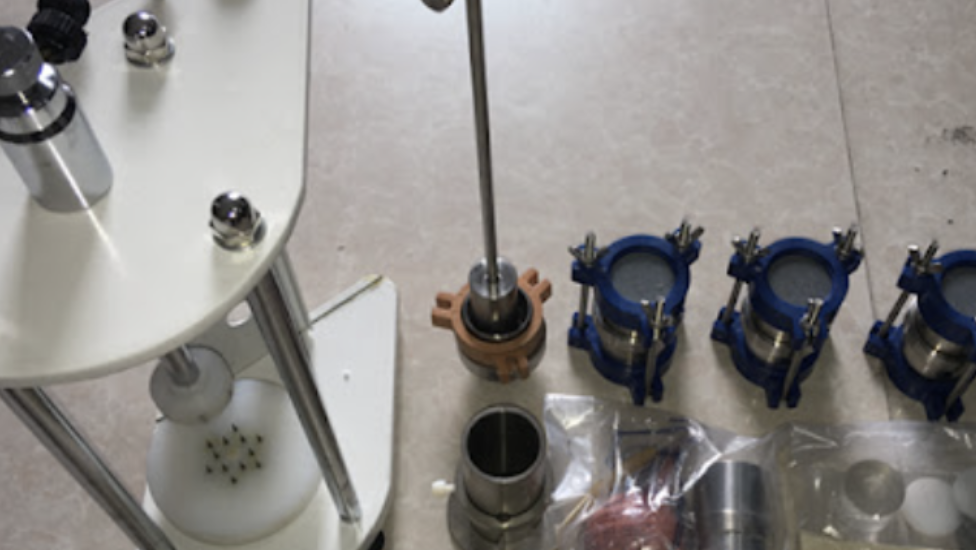
How to Use a Membrane Mounting Tool with Latex Membranes
Here’s a simplified procedure to apply a latex membrane using a mounting tool:
- Select a mounting tool5 that fits your soil specimen diameter
- Slide the latex membrane6 over the tool, leaving a small overlap on both ends
- Place the tool over the specimen (or slide the specimen into the tool)
- Roll down the membrane carefully, ensuring even stretch and no air bubbles
- Seal both ends using O-rings and porous stones as needed
- Check for leaks or misalignment before proceeding with saturation
Pro Tip: Use glycerin or a mild soap solution as lubricant to prevent tearing during installation.
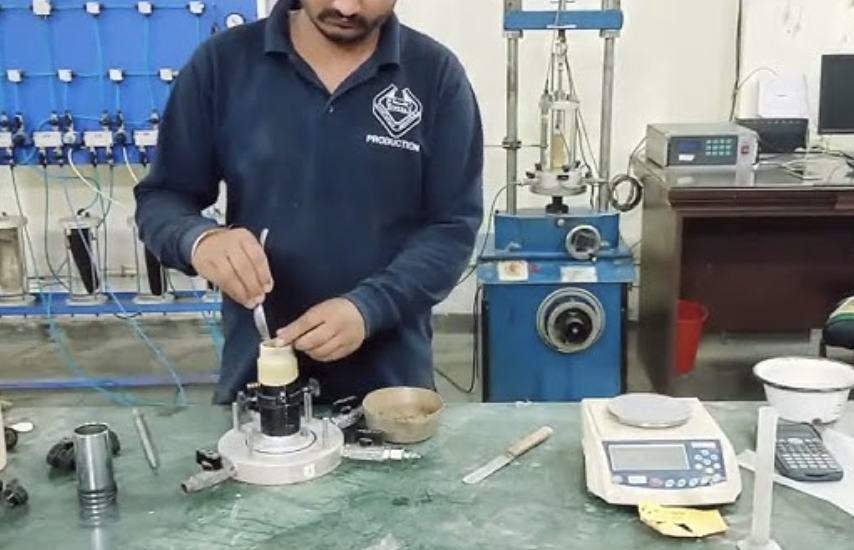
Benefits of Using Both Tools Together in Soil Testing
| Beneficio | Latex Membrane Alone | Membrane + Mounting Tool Combo |
|---|---|---|
| Installation Time7 | Slow and inconsistent | Fast and repeatable |
| Risk of Air Bubbles | Alto | Bajo |
| Specimen Damage Risk | Medio | Minimal |
| Test Accuracy8 | May vary | More consistent results |
| Operator Skill Dependency | Alto | Reduced with proper tool use |
Using a membrane without the proper tool risks introducing installation errors—wrinkles, leaks, or even torn membranes—all of which affect test accuracy. The right combination ensures better control and test repeatability.
When precision matters—as it does in geotechnical research and lab testing—membrane mounting tools and latex membranes should never be treated as separate tools, but as a complementary system in your triaxial test setup.
-
Understanding the membrane mounting tool can enhance your knowledge of soil specimen preparation and improve testing accuracy. ↩
-
Exploring vacuum-assisted tools can reveal advantages in efficiency and precision for your soil testing processes. ↩
-
Discover how encasing soil samples enhances testing accuracy and reliability in geotechnical engineering. ↩
-
Learn about the essential features of high-quality membranes that ensure effective soil testing and accurate results. ↩
-
This resource will guide you in selecting the appropriate mounting tool for your specific soil specimen needs. ↩
-
Explore this link to learn expert techniques and tips for effectively applying a latex membrane. ↩
-
Exploring ways to reduce installation time can enhance efficiency and productivity in your projects. ↩
-
Understanding test accuracy factors can help you achieve more reliable results in your membrane installations. ↩

